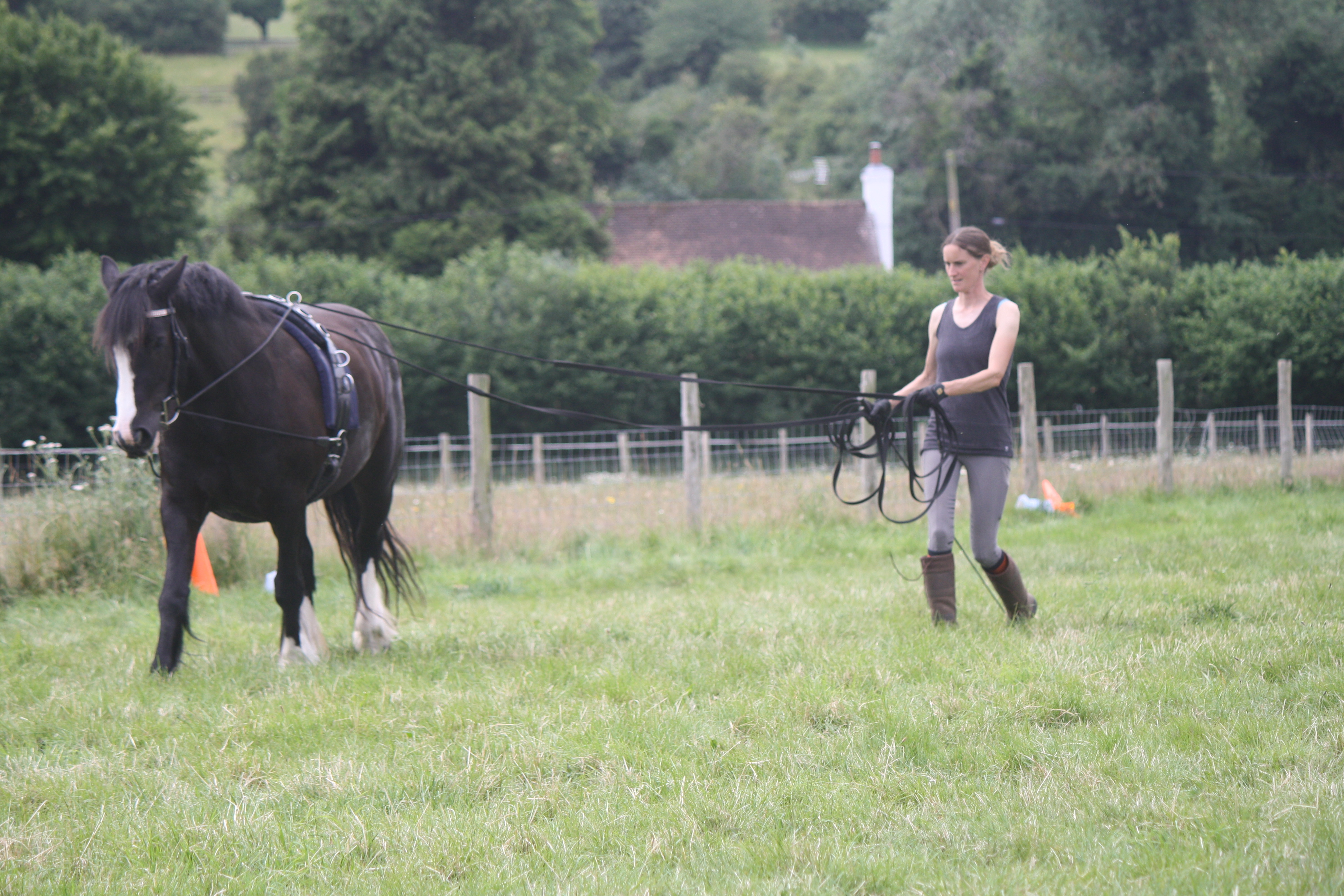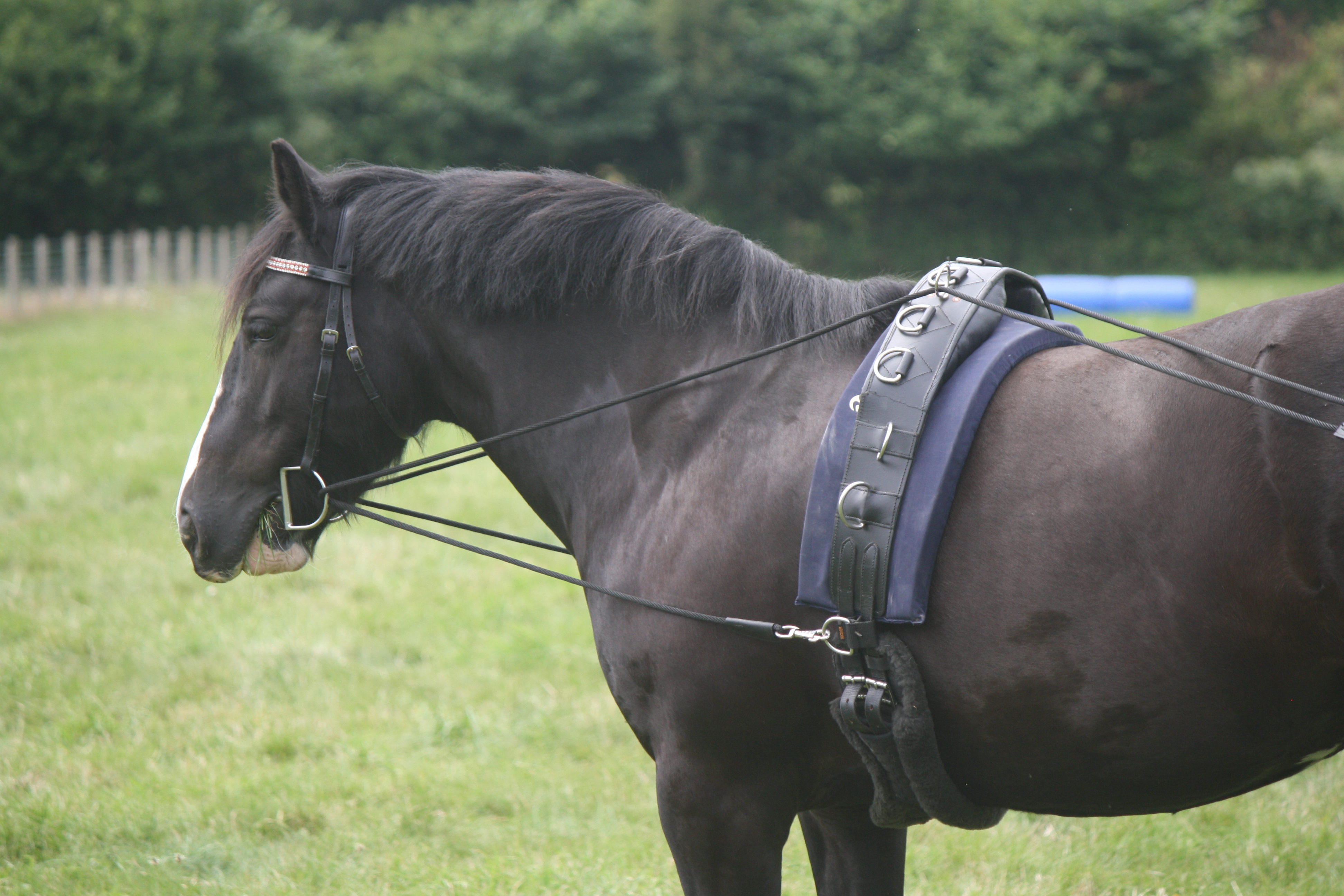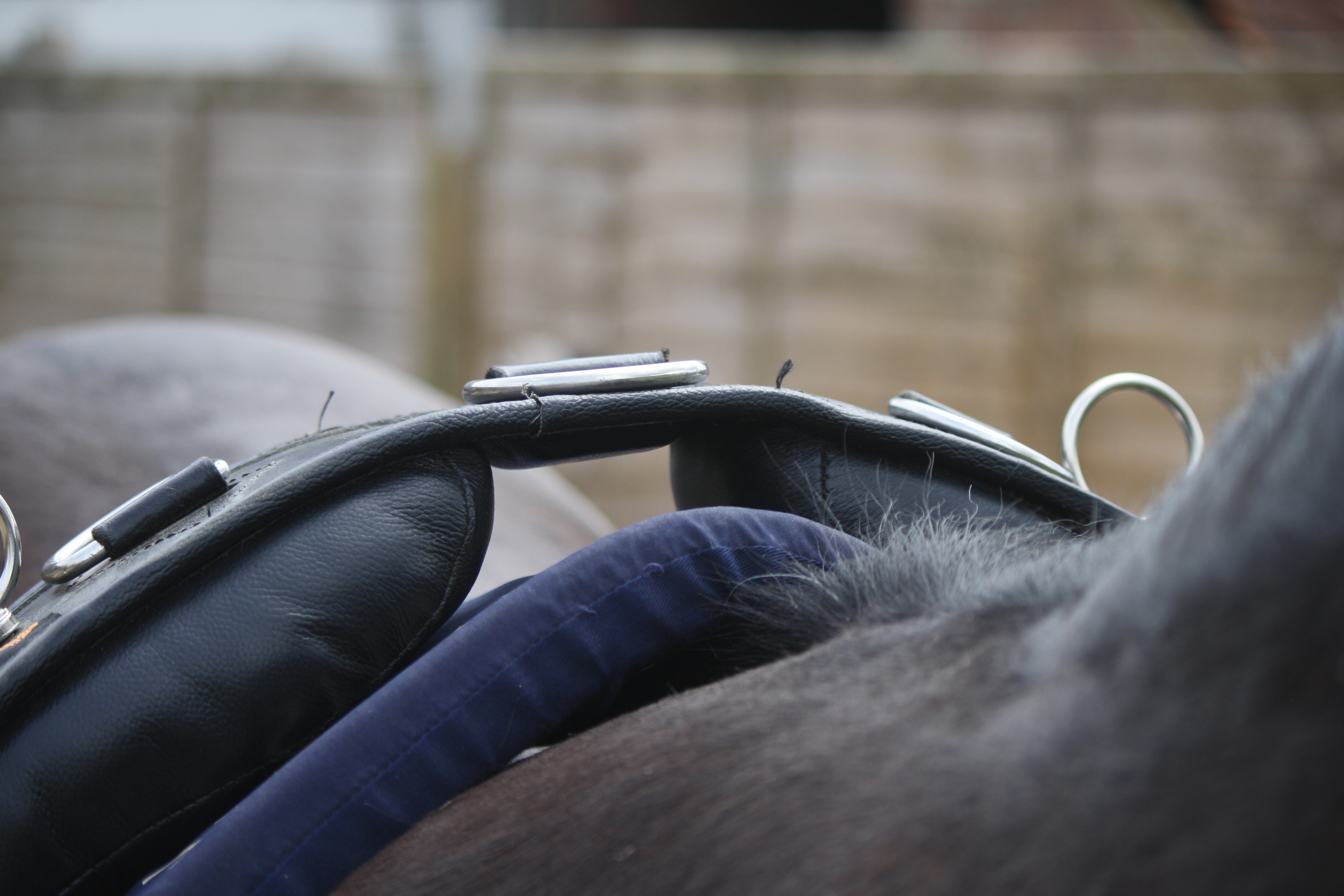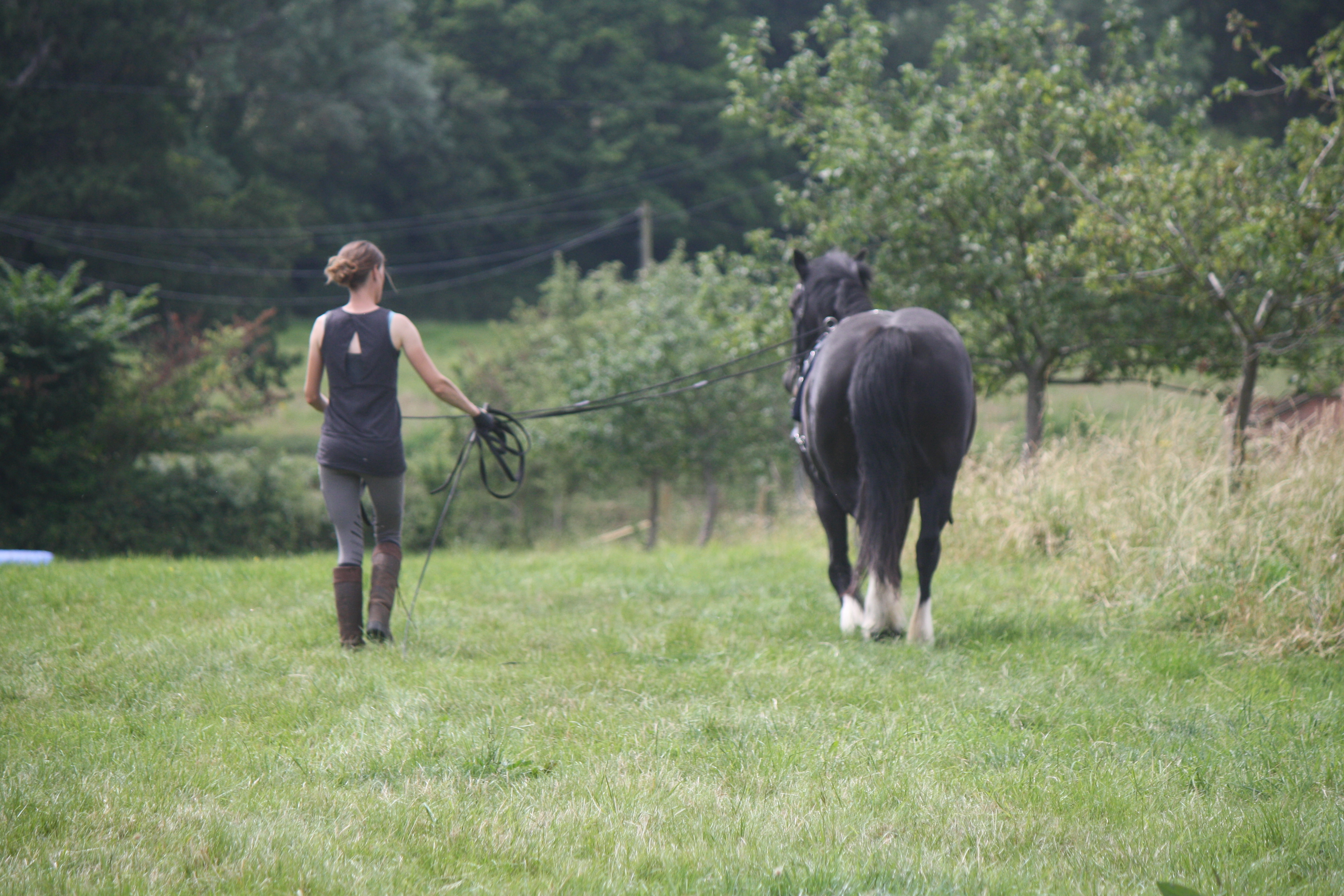
Welcome to Long lining 101!
Do you feel that there is a missing element in your work with your horse? Maybe you have done the ground work but it just isn't transitioning into your ridden work? Or you think that you "should" lunge your horse once a week, but finding lunging boring or limited? Or, maybe your horse has been injuried or sick and is needing careful rehab to bring him back into work. Long lining (or long reining) could well be the answer.

Types of Long Lining
In this short introduction course, we'll be looking at the difference between Irish, Viennese and continental long lining, and the uses for each type.

Tack
We'll see what tack you need and how it works.

Body Positioning
And, where you need to be in relation to where you want your horse to go.
Example Curriculum
Why long lining?
Long lining, for me, is one of the most crucial elements to my tool kit when it comes to working with horses.
More and more people are aware of, and are practicing, work in hand of some description. Some use the classical principals, I use mostly a combination of TTouch, Spatial awareness, Equitation Science and proprioception, but even correct leading can be a starting point. They then get on and ride their horses, but for many horses, these are totally separate events, having nothing bridging the gap between work in hand and work under saddle.
Long lining is this bridge – it allows the trainer to encourage a different way of moving and working from the horse. It allows the horse to experiment with how to move, without the added weight and complication of a rider. And, of huge importance for me, it allows me to see how the horse is moving and see when and how he finds the correction to the issue he is experiencing.
I’m not a fan of lunging, and you will rarely see me lunge a horse. It’s useful for the initial showing a horse how to head out on a circle, how to move around the trainer, what the voice commands are. But, once a horse can lunge, for me, its off the table.
Why?
Horses are not designed to run around in small circles – it’s bad for their joints and soft tissues, it’s not balancing, and, well, its pretty boring. Would you choose to run around and around in a small circle? Horses are not naturally straight moving animals. If you follow a herd of horses walking through grasslands, the paths aren’t straight – they wander and meander. This is partly because it helps to confuse predators, who run and hunt in straight lines. So, horses don’t move straight – they are “right-handed” or “left-handed”, just like we are, with a more dominant bend in one direction, a preferred lead in canter, and would move differently on the two different sides. If a horse prefers to bend left, he will often weight his right shoulder more. So, when moving on the left rein, he is more likely to fall out through the right shoulder, and when on the right rein, more likely to fall in through that same right shoulder. By expecting him to go around and around in a 20m circle for 20 minutes, you aren’t correcting this, but strengthening the pattern. – everytime his right shoulder pops out to the side, he’s getting better at it. Added to this, using any form of side rein, balance rein etc, you are forcing one position. This is detrimental in many ways. Briefly – if a horse is held in one place, such as side reins, he will develop at least one of seventeen different evasions, according to a brilliant neuro surgeon / top level FEI dressage judge, (such as falling in or out with the shoulders, falling in or out with the quarters, head tilting, behind the vertical, leaning on the bit etc). Often horses will use a training aid as a resistance band. (Think about going to a physio or private trainer. They’ll give you a resistance band and ask you to pull against it in whatever exercise they give you. You are using the tension against this band to strengthen the opposing muscles. So, for a horse with a well-developed underside neck, or ewe neck, he’ll often pull against the downward pressure of the reins, so making the underside of his neck even stronger). And, horses need to move and shift in position – we all do. Would you hold yourself in one position for 20 minutes? No, you’d get a stiff neck or back. Even as I am sitting typing this, I am lifting and dropping my shoulders, moving my head and neck. Expecting a horse to maintain one head position for a session is mentally and physically difficult if not impossible.
The benefit of long lining, is that nothing is fixed. There are no gadgets, nothing holding the horse in a frame. He can lift and lower his head, neck and shoulders, and move as you ask. He also isn’t required to stay on a circle, you can run through any ridden exercise, even an entire dressage test. And, the development of his training through long lines is massively easier and faster.





